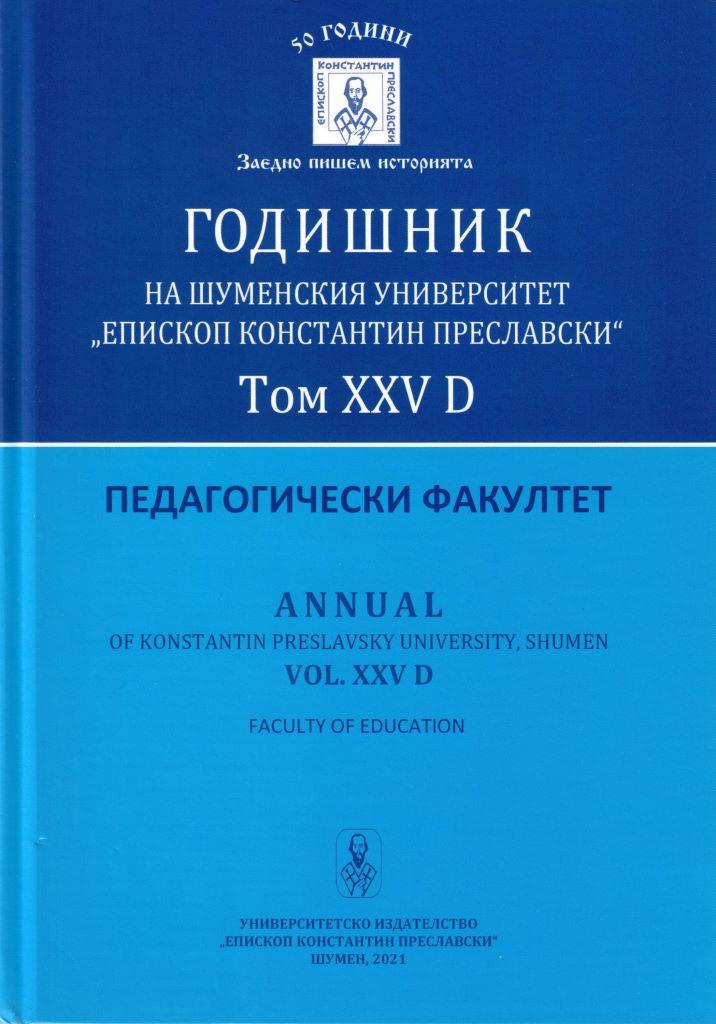Социални неравенства при децата от домовете
Social inequalities in children from social homes
Author(s): Dayana Tz. BoshnakovaSubject(s): Social Sciences, Sociology, Family and social welfare
Published by: Шуменски университет »Епископ Константин Преславски«
Keywords: term stratification; children from social homes; social inequalities
Summary/Abstract: In recent years, the term stratification has been increasingly used. This is, in fact, "the vertical structuring and arrangement of the various strata of society formed by various social inequalities". Inequality issues are one of the oldest issues facing sociologists. Concepts of inequality extend back in time to Plato's theory. For children from social homes, inequalities are in terms of their abilities. Income inequality - opportunities that an individual receives at birth. This in turn affects the choices they make in their lives on various issues and luck. Social inequality can be defined as a form of social differentiation in which individuals, social groups, strata, categories and / or classes are at different levels of the vertical social hierarchy and have unequal life chances and opportunities to meet their needs. In children, such relationships of closeness arise in the homes and within the institution they form certain, micro-social networks with a very low social resource. After leaving home, these social networks are not always preserved and in fact the very act of leaving home is often associated with the process of destroying the already acquired social capital of children - they gradually lose connections and contacts with the institution (home and individual staff). and between each other. A process of dropping the relationship of closeness and exchange begins.
Journal: Годишник на Шуменския университет „Епископ Константин Преславски“. Педагогически факултет
- Issue Year: XXV/2021
- Issue No: 1
- Page Range: 202-207
- Page Count: 6
- Language: Bulgarian

